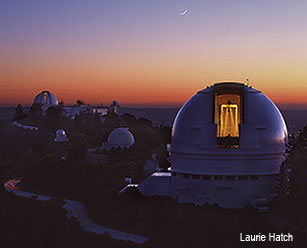Niles retains a small town feel anchored by a tight-knit community. Geography partly explains the community's cohesion; in addition to sitting against the base of Fremont's hills, the town is physically divided from other parts of Fremont and neighboring Union City by Mission Boulevard to the east and north, Alameda Creek to the south, Union Pacific Railroad to the west and southeast, and the Quarry Lakes to the southwest. The hills of Niles are lower than those of the area south of the Alameda Creek in Mission San Jose.
Old Town Niles features its own library, post office, and silent movie theater as well as a large number of antique and craft stores. The town is named after Addison Niles.
Niles was the home of one of the first West Coast motion picture companies, Essanay Studios. Charlie Chaplin and Broncho Billy Anderson filmed some of their most famous silent movies in Niles. Scenic Niles Canyon stretches between Niles and Sunol. The nonprofit Niles Essanay Film Museum offers both artifacts of Niles' early years, and each Saturday evening, screenings of early-twentieth-century silent films, many of which were filmed locally.
The Niles Canyon Railway runs along Alameda Creek, and carries passengers on weekend excursions, including a holiday 'train of lights' which is extremely popular – tickets for these trains typically sell out by early October. The Niles Canyon Railroad has a small but well-maintained collection of historic rail stock.
The place was originally known as Vallejo's Mills for Vallejo Flour Mill built there. Niles was named by the Central Pacific Railroad in 1869 for Judge Addison C. Niles, who later was elected to the California Supreme Court. A post office was opened at Niles in 1873.
Part of historic Niles is Mayhew Spring, also known as Mayhew's Sulphur Spring, which was located 600 feet (180 m) north of the Niles railroad depot. The facility was owned by H.A. Meyhew.



















































